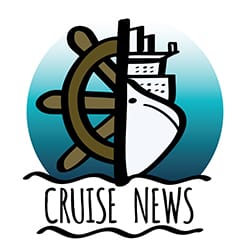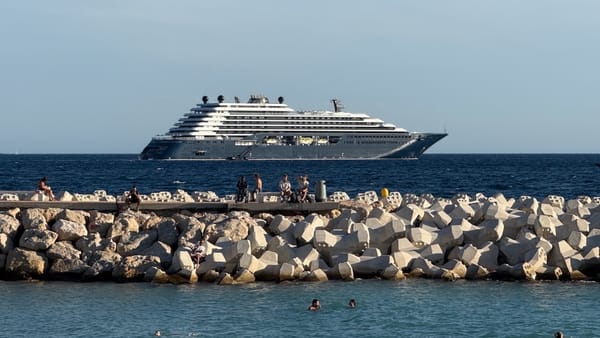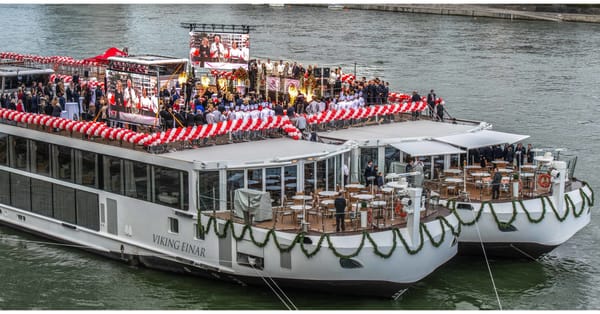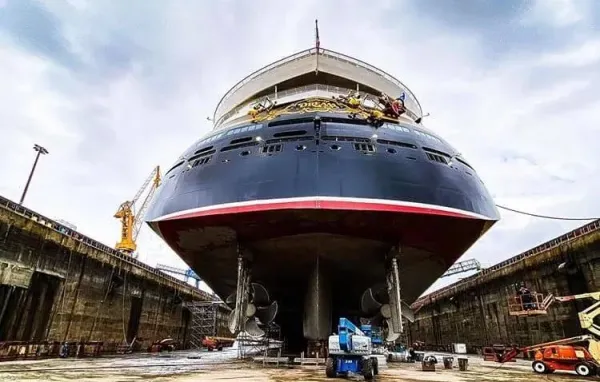Royal Caribbean Shifts Baltimore Ship to Florida as Carnival Expands Presence
Royal Caribbean’s exit from Baltimore marks a shift for the port, as Carnival commits to larger ships and long-term growth, ensuring the city retains a vital role in cruise tourism.
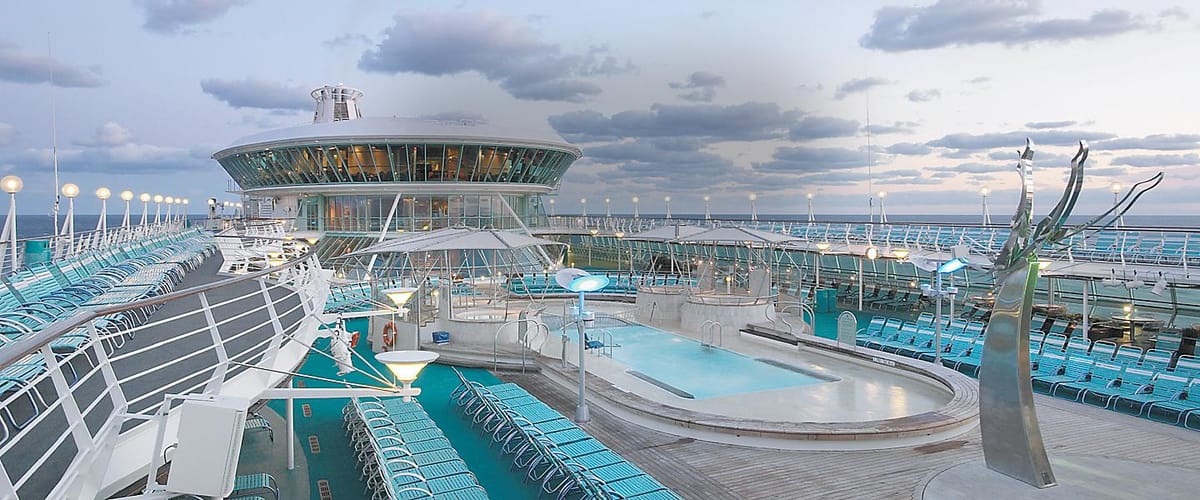
Royal Caribbean’s recent decision to move its Baltimore-based cruise ship to Fort Lauderdale by late 2026 has created significant change at the Port of Baltimore. After years of convenient mid-Atlantic sailings on Vision of the Seas, the city will lose over 40 annual itineraries. Royal Caribbean officials say, “We cannot comment on future deployment, but we look forward to reviewing opportunities to sail from Baltimore in the future.” Local leaders view the departure as both a challenge and an opportunity, as Carnival Cruise Line prepares to enhance its presence and maintain Baltimore’s role in the cruise industry.
Royal Caribbean’s Departure
Royal Caribbean has operated Vision of the Seas from Baltimore for dozens of sailings per year. However, the line announced that this vessel will be repositioned to Florida in late 2026. The move is part of broader strategic deployment plans that place more emphasis on Fort Lauderdale. Although Royal Caribbean has not outlined specific plans for a return, Richard Scher, Director of Communications at the Maryland Port Administration, described the cruise line as “an outstanding cruise partner” and noted that discussions continue over potential seasonal or temporary port calls. Local officials remain hopeful that Royal Caribbean’s proven success in the region will pave the way for future cooperation.
Carnival Cruise Line’s Response
Seizing the opportunity created by Royal Caribbean’s exit, Carnival Cruise Line is strengthening its Baltimore operations. The company recently extended its agreement with the port through at least 2029 (with an additional renewal option), indicating a long-term commitment to the region. Carnival intends to bring a larger Conquest-class ship to Baltimore by around 2027, boosting capacity from the roughly 2,150-passenger Carnival Pride to a nearly 3,000-passenger vessel. Executives say this move aligns with the strategy of serving cruisers who prefer driving to a departure port, rather than flying to Florida or Texas. Bringing in more robust ships aims to meet growing demand in a market where 50% of the U.S. population lives within a few hours’ drive of the port.
Baltimore’s Cruise Market Challenges
A key limitation for expanding operations is the height restriction created by the Chesapeake Bay Bridge, preventing larger vessels (such as Royal Caribbean’s Oasis-class) from reaching Baltimore. While Carnival’s Conquest-class ships are larger than the port has traditionally hosted, they are still compatible with the bridge clearance. In addition to bridge constraints, local stakeholders have had to manage unexpected disruptions, including the collapse of the Francis Scott Key Bridge in March 2024. This incident paused cruise activity for two months before resuming in May, demonstrating the port’s resilience and adaptability.
Economic and Operational Impacts
In 2023, the Port of Baltimore’s cruise operations generated nearly $70 million in revenue, supported 51,365 direct and indirect jobs, and drew over 444,000 passengers—the highest since 2012. Carnival’s pledge to continue and expand sailings is expected to maintain Baltimore’s economic momentum, especially given the city’s standing as a convenient mid-Atlantic gateway. Industry observers note that port officials, including Richard Scher, actively engage with cruise lines at events such as Seatrade Cruise Global to explore new seasonal lines or port-of-call visits. “Our goal is to maximize the use of our cruise terminal and diversify our offerings to meet the strong demand in this region,” Scher said.
Frequently Asked Questions (FAQs)
Why is Royal Caribbean leaving Baltimore?
The cruise line is relocating Vision of the Seas to Fort Lauderdale in late 2026 for strategic deployment reasons. Royal Caribbean has not ruled out returning to Baltimore, and officials say they will review future opportunities to sail from the city.
How is Carnival responding to Royal Caribbean’s departure?
Carnival has extended its partnership with the Port of Baltimore through at least 2029 and plans to bring a larger Conquest-class ship by 2027. This will boost capacity significantly and solidify the line’s role as the main year-round operator in Baltimore.
What are the limitations for larger ships entering Baltimore?
The Chesapeake Bay Bridge’s height restrictions prevent vessels like Royal Caribbean’s Oasis-class ships from passing underneath. However, Carnival’s Conquest-class ships can navigate the port facility under close guidance.
How does the Francis Scott Key Bridge collapse factor into cruise operations?
The bridge collapse in March 2024 halted Baltimore’s cruise activity for two months, highlighting the port’s need for infrastructure resiliency. Service resumed in May 2024, demonstrating the port’s capacity to overcome logistical setbacks.
How does cruise business affect Baltimore’s economy?
Cruise operations contributed nearly $70 million in revenue for the region in 2023 and supported over 51,000 direct and indirect jobs. With Carnival remaining as a key operator, local officials aim to preserve and grow that economic impact.
As Baltimore moves forward, port authorities and industry stakeholders remain optimistic that the expanded relationship with Carnival, along with potential future collaborations, will solidify the city’s standing as a convenient and appealing homeport in the mid-Atlantic region.
